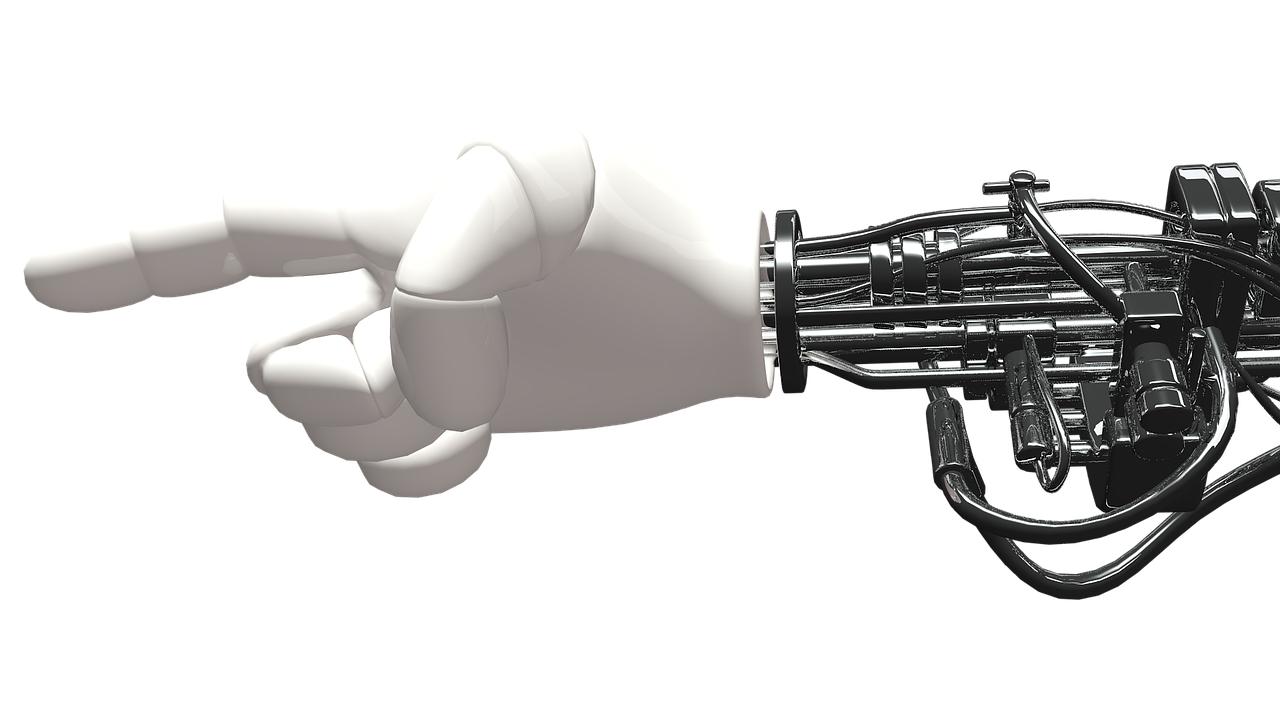Actuators
An actuator is a component of a robot that is responsible for creating movement or motion. In other words, an actuator is what makes a robot move, grab, lift, or perform any other physical action.
There are different types of actuators used in robotics, depending on the purpose and design of the robot. Some common types of actuators include:
- Motors: These are electrical or mechanical devices that convert electrical energy into mechanical energy to create motion. Motors are commonly used in robots to drive wheels, move robot arms, or control the position of robot joints.
- Pneumatic cylinders: These are devices that use compressed air to create motion. Pneumatic cylinders are often used in industrial robots to move heavy loads or in applications where precision and speed are important.
- Hydraulic cylinders: Similar to pneumatic cylinders, hydraulic cylinders use fluid instead of air to create motion. They are often used in large industrial robots for heavy-duty applications.
- Solenoids: These are electromechanical devices that convert electrical energy into linear or rotary motion. Solenoids are commonly used in small robots for precise movements, such as opening and closing robot grippers.
In summary, an actuator is a critical component of a robot that creates motion or movement. Different types of actuators are used depending on the application and design of the robot. By using actuators, robots can perform physical tasks and interact with their environment, making them useful for a wide range of applications, from manufacturing to healthcare.
Glossary
| English | Spanish | Example Sentence (English) |
|---|---|---|
| Actuators | Actuadores | "The robot's actuators allowed it to perform precise movements and interact with objects." |
| Applications | Aplicaciones | "Robots have various applications in industries such as manufacturing, healthcare, and more." |
| Arms | Brazos | "The robot's multiple arms enabled it to manipulate objects with dexterity." |
| Component | Componente | "The actuator is an essential component of a robot's mechanism." |
| Control | Control | "The robot's actuators were operated by a sophisticated control system." |
| Convert | Convertir | "The motor converts electrical energy into mechanical energy for locomotion." |
| Create | Crear | "The hydraulic cylinder creates powerful motion to lift heavy loads." |
| Critical | Crítico | "The actuator is a critical element for the robot's functionality." |
| Design | Diseño | "The choice of actuators depends on the robot's design and intended tasks." |
| Devices | Dispositivos | "Motors, solenoids, and cylinders are common devices used as actuators." |
| Drive | Impulsar | "The motors drive the robot's wheels, propelling it forward." |
| Electrical | Eléctrico | "Solenoids are electrical devices that convert energy into motion." |
| Energy | Energía | "Actuators require a power source to operate and convert energy into motion." |
| Fluid | Fluido | "Hydraulic cylinders use fluid to generate motion in the robot's limbs." |
| Grab | Agarrar | "The robot's gripper can grab and manipulate objects of different shapes and sizes." |
| Heavy-duty | Resistente | "Industrial robots equipped with hydraulic cylinders can handle heavy-duty tasks." |
| Important | Importante | "Precision and speed are important factors in choosing pneumatic cylinders for a robot." |
| Interact | Interactuar | "Robots can interact with humans and their surroundings using various actuators." |
| Linear | Lineal | "Solenoids can produce linear or rotary motion depending on the design." |
| Mechanical | Mecánico | "Motors are mechanical devices that convert electrical energy into mechanical motion." |
| Motion | Movimiento | "Actuators are responsible for creating motion and enabling a robot's locomotion." |
| Multiple | Múltiple | "The robot had multiple actuators that worked together for coordinated movements." |
| Perform | Realizar | "Actuators allow robots to perform complex tasks with precision and accuracy." |
| Position | Posición | "Motors can control the position of a robot's arm or joint with high accuracy." |
